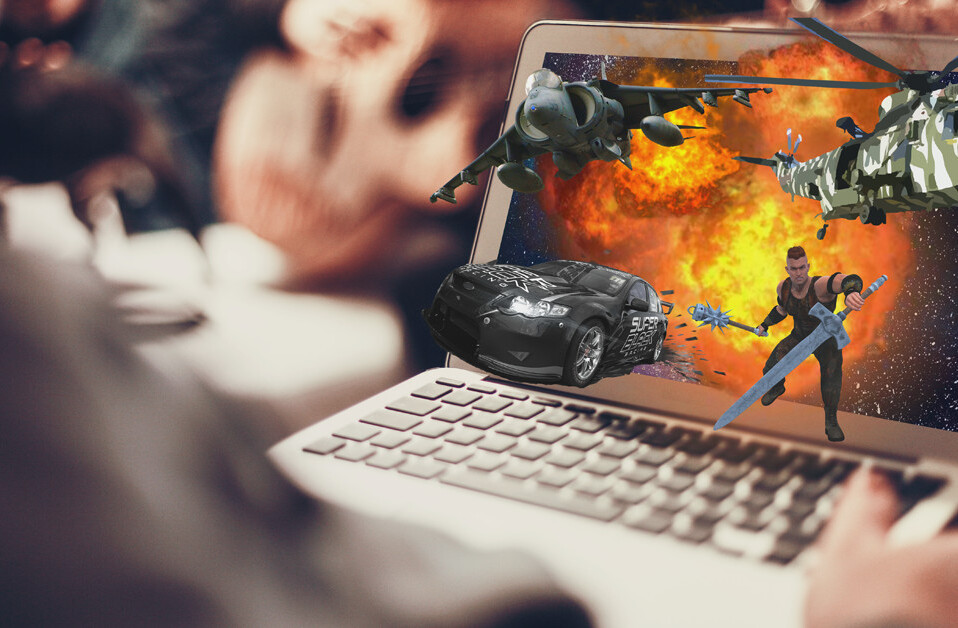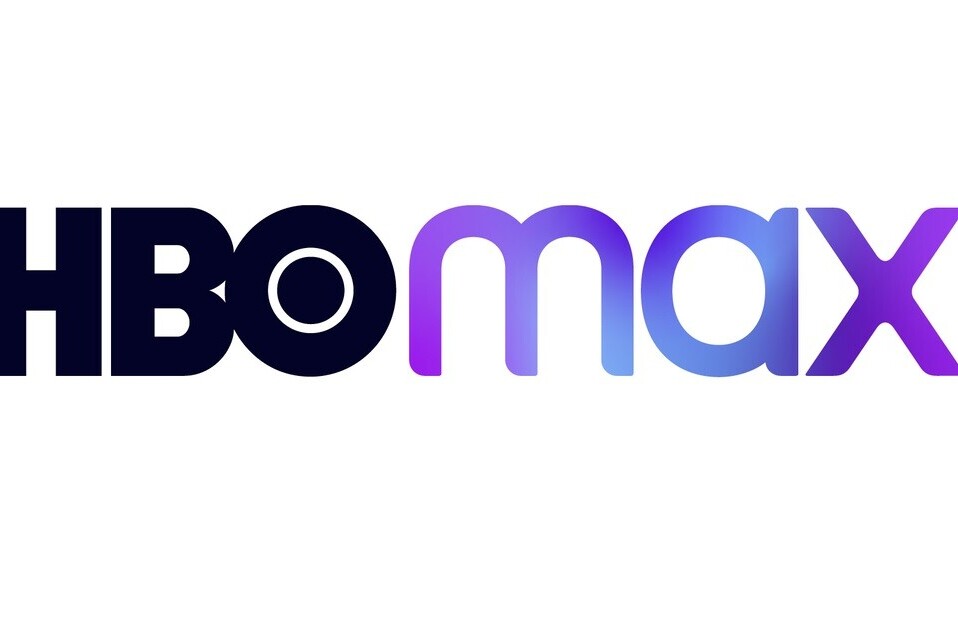
Robert Weber is the co-founder and senior vice president of business development at NativeX, the leading native advertising platform for mobile games.
If you only know about native advertising as it’s described in most major media coverage (such as this recent Wall Street Journal report), you might assume the ad format is little more than ads that resemble Facebook updates, or sponsored articles attached to genuine editorial. Indeed, native ads were implicated in the recent strife at the venerable New York Times.
There’s a rich irony to this narrow definition: The New York Times itself, along with every other major media publication, is desperate to shore up its revenue base, especially as the market shifts to mobile – but still largely view native ads as a devil they may need to make a deal with, but only at a painful compromise to their editorial values.
It doesn’t have to be this way, because game developers (as they often do) have pioneered a workable direction. If media companies followed their lead, perhaps they’d earn more revenue without further blurring the lines of advertising and editorial. And in the process, help save our struggling media industry as a whole.
Real engagement for virtual rewards: The native ad way in games
Well over a billion people play free mobile games on their devices, but only the tiniest fraction of them ever bother to make an in-app purchase.
This reality has inspired some game developers to get pushy about “upselling” in-app purchases – at the risk of annoying their players – especially as traditional banner ads are ineffective and obtrusive within a mobile game experience. (If you’ve ever accidentally tapped on one while playing your favorite game, you know exactly what I mean.)
By contrast, many mobile game developers are getting far better results from native ads that give their players virtual rewards for real ad engagement. This is where rewarded multi-offer ads work well.
For instance, many game developers offer their players a choice of either watching a video ad or downloading an app in exchange for in-game currency (see image).
While these are native ads, they look and act nothing like Facebook news feed-type ads, or content that’s indistinguishable from the actual game — in fact, their whole purpose is to clearly offer more content in exchange for ad engagement.
Typical click through rates for these kinds of units are well over 10 percent, with completion rates of 50 percent. By contrast, a typical clickthrough rate for ads on a newspaper website are closer to 0.3 percent. These reward-based ads have kept a lot of great indie game developers from going bankrupt, and even brought them enough revenue to start creating more games.
Which takes me to the core realization I hope people in the media grasp: This game industry model can easily be adopted to media of all kinds — including and especially news editorial.
Real engagement for editorial content: The native ad savior for news media?
At the moment, many major media outlets are forcing consumers to endure the worst examples of online ads of all variety on their mobile apps — such as timed, full-screen ad banners that can’t be tapped away, ads that literally take over the entire screen, or, of course, the notorious subscription wall that blocks off access to further unpaid content.
Newspaper companies and other digital media need a more viable business model, especially on mobile, but users have voted with their wallet against paywalls, and voted with their eyeballs against intrusive ads.
This is where gaming’s virtual reward model comes in. Media outlets could retrofit their paywall infrastructure, and instead of requiring users to pay for content with their credit cards, ask them to pay for it with their engagement.
Someone enjoys reading articles from the travel section? Offer them unlimited travel articles in exchange for taking an airlines’ short survey on their flight habits — and to consider a special travel coupon.
Washington news junky? Here’s a month of all-you-can read Beltway analysis in exchange for taking a fun current events quiz linked to a discount for the new Stephen Colbert book. The possibilities are endless and the monetization opportunities are huge.
If ads can become content that readers (like gamers) get genuine value from, and are an entertaining, organic part of the overall experience, I’d argue they’d even enhance editorial content. Best of all for media publishers, an interactive native ad standing between between editorial would remain totally clear
And then, instead of seeming like a deal with the devil, it might start resembling an angel that could save them.
Get the TNW newsletter
Get the most important tech news in your inbox each week.






